Cheryl Ambrozic
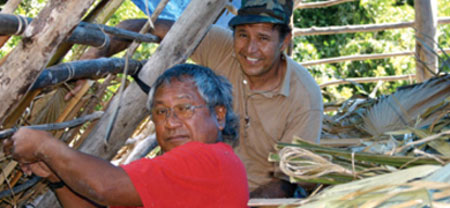 “The grass cabins are of a grayish color, are shaped much like our cottages, only with higher and steeper roofs usually, and are made of some kind of weed strongly bound together in bundles. The roofs are very thick, and so are the walls; the latter have square holes in them for windows. At a distance these cabins have a furry appearance, as if they might be made of bearskins. They are very cool and pleasant inside.”
“The grass cabins are of a grayish color, are shaped much like our cottages, only with higher and steeper roofs usually, and are made of some kind of weed strongly bound together in bundles. The roofs are very thick, and so are the walls; the latter have square holes in them for windows. At a distance these cabins have a furry appearance, as if they might be made of bearskins. They are very cool and pleasant inside.”
—Mark Twain, recalling his 1866 visit to Hawai‘i in the book Roughing It
Evening settles quietly in East Maui as the local fishermen gather in the akule hale (their meeting house). The thatched roof, open walls, and ‘ohi‘a log posts of the hale frame Hana Bay. It’s movie night in Hana; as darkness falls, a snapshot of Hawaiian history flashes on the silver screen.
The “movie” is a slide show of historic photos taken in Hana between 1878 and 1884 by Danish sugar-mill engineer Christian J. Hedemann. Revealing a town and a culture in transition, the aged black-and-whites show newly built mills and plantation camps, and Hawaiians covered head-to-foot in Western-influenced clothing, posing in front of their traditional hale (homes). Hawaiian architecture was once a dominant part of Maui’s landscape. Today, these structures are as rare as a native sandalwood tree. Even in Hana, where the community is still predominantly Hawaiian, the architecture is predominantly Western.
“It is time for the revival of traditional Hawaiian architecture in our community,” says master hale builder Palani Sinenci. Architecture defines a place and a culture, he says. The style that represents Hawaiian culture is the hale. “Seeing the native architecture helps us to identify with our ancestors and our culture.” Sinenci believes bringing back the hale is a way to practice the culture. “We can’t say we are Hawaiians and live and do things in a completely Western way. Hale building is a way to respect and live our culture.”

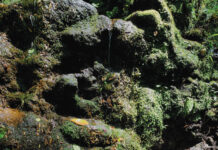
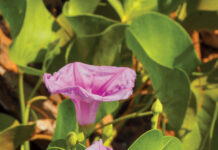
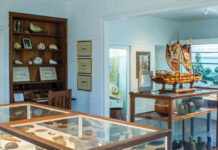

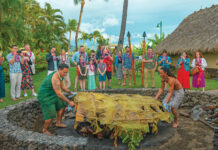
Ua Ku ka Hale